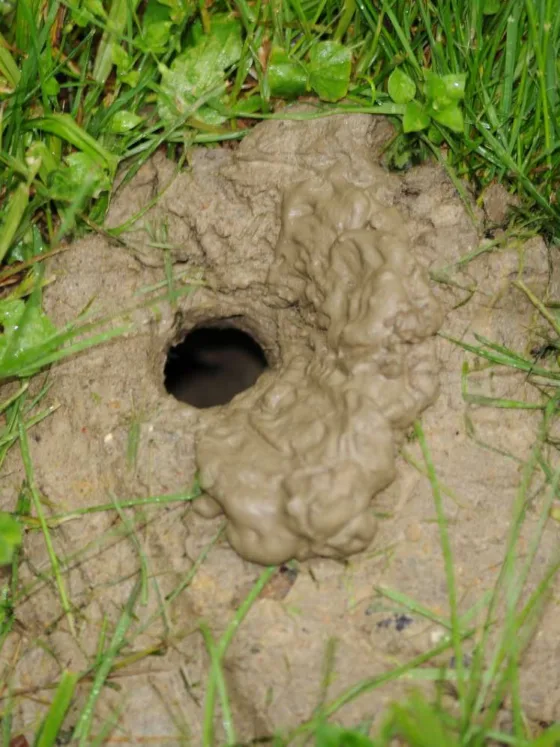Table of Contents Show
What is Lunar Gardening?
Lunar gardening is a fascinating technique that utilizes the energy of the moon to promote optimal plant growth. While some may be skeptical about the moon’s influence on their garden, it’s hard to deny the effect it has on large bodies of water. The same gravitational pull that affects tides also acts on the water in the soil, albeit on a more subtle level.
Gardening by the moon phase involves paying attention to the celestial body to determine the best time to plant seeds. It is believed that the energy of the full moon and new moon draws moisture from deep within the earth, providing increased water availability to seeds and growing plants. Additionally, the varying moonlight during different phases is thought to nourish plants, promoting faster growth.
This technique is particularly beneficial in climates with short growing seasons, as it can help maximize plant growth and yield. Lunar gardening also takes into account the zodiac sign the moon is in, as each sign represents one of the four elements: earth, water, fire, and air. Planting specific crops during the corresponding zodiac sign can enhance their well-being.
The Science Behind Moon Phases
While lunar gardening may seem like an old superstition or a New Age trend, it is actually rooted in science. Ancient civilizations integrated the movements of celestial bodies into their daily lives, recognizing the rhythms and patterns of the moon, planets, and stars. They understood the relevant connection between the energies of the skies and those of the earth.
In modern times, researchers like Dr. Frank Brown of Northwestern University have conducted studies on lunar phases and their impact on seed germination and growth. Dr. Brown’s observations over a decade revealed that more water is absorbed during the full moon. Similar tests conducted in Germany have also supported the influence of lunar energies on plant growth and the relationship between zodiac signs and plant well-being.
Also Read:
How to Use Lunar Energies for Plant Growth
Implementing lunar gardening in your own garden may initially seem complex, but it’s actually quite straightforward. All you need to know are the phases of the moon and which zodiac sign it is traveling through. With this information, you can determine when to plant, cultivate, prune, weed, and harvest.
Timing is crucial in lunar gardening. Each phase of the moon holds significance:
- The new moon is the darkest time, followed by increasing moonlight. The gravitational pull brings water up, making it an ideal time for planting.
- The second quarter sees reduced pull but more intense light, benefiting growth.
- The full moon marks the beginning of waning energy, with high pull and increased soil moisture.
- The fourth quarter is a time of calmer energy, suitable for cultivating, harvesting, and pruning.
Each of the twelve zodiac signs corresponds to one of the four elements and has its own significance for gardening:
- Fire signs (Aries, Leo, and Sagittarius) are ideal for destroying weeds and pests, cultivating the soil, and harvesting roots for storage.
- Earth signs (Taurus, Virgo, and Capricorn) are productive times for planting hardy root crops, pruning, grafting, and applying fertilizer.
- Air signs (Gemini, Libra, and Aquarius) represent dry periods suitable for harvesting, cultivating, and pest control.
- Water signs (Cancer, Scorpio, and Pisces) signify fruitful and moist times, perfect for planting, transplanting, and irrigating.
Using a lunar gardening calendar can simplify the practice. Online resources like Gardening by the Moon and Lunar Organics offer inexpensive organizational charts for each month or the entire year.
Conclusion
While lunar gardening is not a necessity for a thriving garden, it can be a fun and interesting way to enhance plant growth. By understanding the connection between the moon and the earth, we can tap into the natural rhythms of the universe to optimize our gardening efforts. So why not give lunar gardening a try? You might just be amazed by the results!
References:










